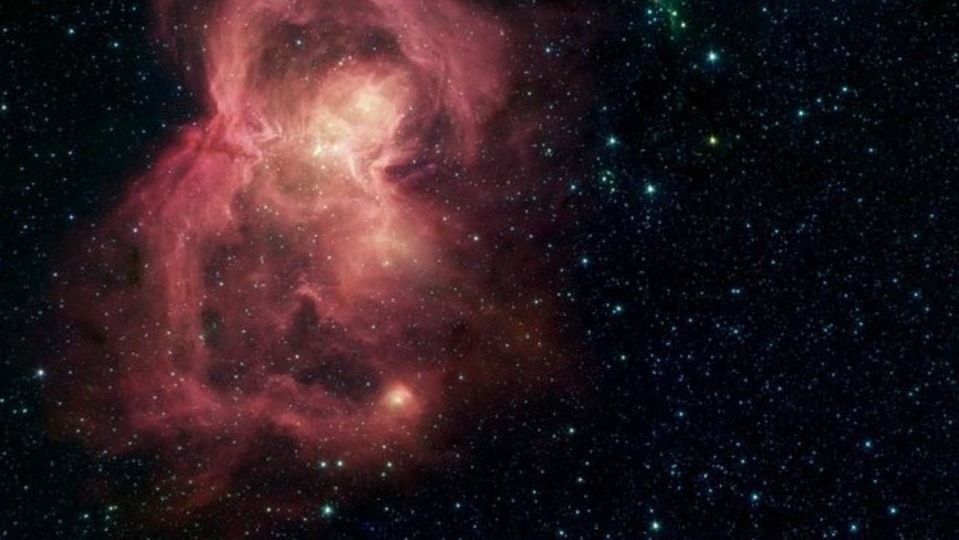Maisie's Galaxy is 13 billion years old; among the oldest found so far by James Webb Space Telescope
Maisie's Galaxy, discovered by the James Webb Space Telescope, is one of the oldest known galaxies. Know more about the galaxy here

Last year the James Webb Space Telescope discovered a distant galaxy, which was named after a birthday girl and is now known to be one of the four oldest galaxies ever discovered. The object was named “Maisie's Galaxy”. Earlier, it was assumed that it may have been very old due to the light it emits and redshift even from afar. Reports say that when the redshift is greater, it suggests that the source of light is older and positioned at a greater distance. Let's explore more about the 13-billion-year-old galaxy.
About Maisie's galaxy
According to a Live Science report, the discovered entity was called "Maisie's galaxy" in honour of the principal investigator Steven Finkelstein's daughter, whose birthday coincided with the discovery last year. Researchers found that the galaxy was formed 390 million years after the Big Bang when the universe was still developing.
As per the study published in the journal Nature, Maisie's galaxy is one of the four oldest galaxies in the universe. The age of the galaxy is measured with a method called spectroscopy. It is a technique that identifies light's brilliance, warmth, and chemical structure.
Finkelstein, a professor of astronomy at the University of Texas at Austin said, "The exciting thing about Maisie's Galaxy is that it was one of the first distant galaxies identified by JWST, and of that set, it's the first to actually be spectroscopically confirmed."
The galaxy was first discovered by James Webb Space Telescope in August 2022. Although scientists had a hunch that the object is very ancient, but the assumption was not enough as there are many reasons why such an object can produce so much light. In an effort to transcend this cosmic illusion, astronomers use spectroscopy to analyze starlight, which revealed its various frequencies.
Furthermore, to get more accurate numbers in terms of age, scientists used JWST's Near Infrared Spectrograph. Another ancient galaxy was discovered at the same time called CEERS-93316.
Amazingly, the galaxy's existence was estimated around 250 million years after the Big Bang.
Catch all the Latest Tech News, Mobile News, Laptop News, Gaming news, Wearables News , How To News, also keep up with us on Whatsapp channel,Twitter, Facebook, Google News, and Instagram. For our latest videos, subscribe to our YouTube channel.

























